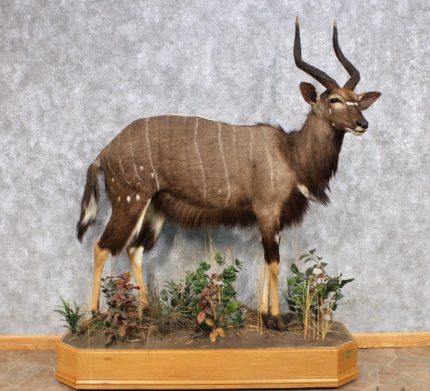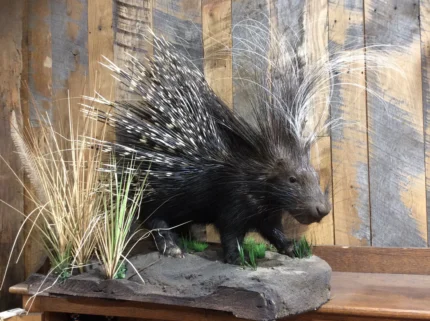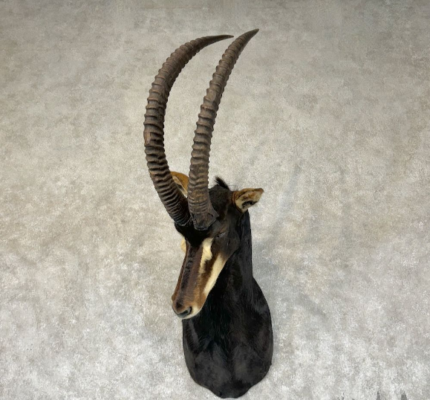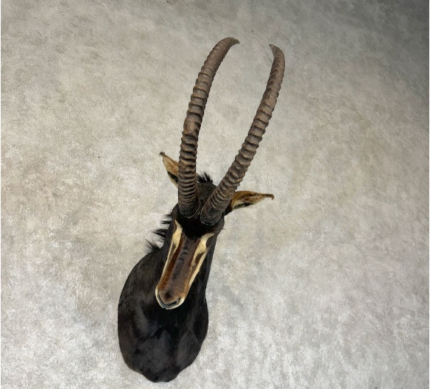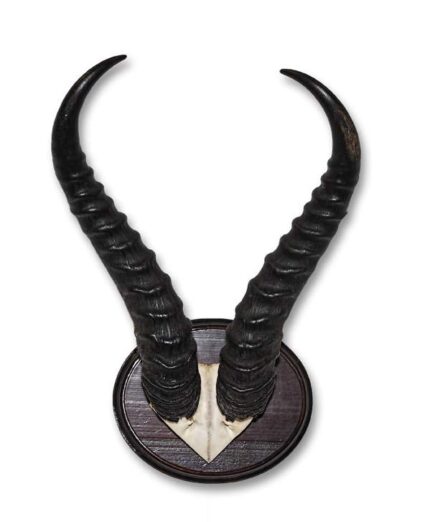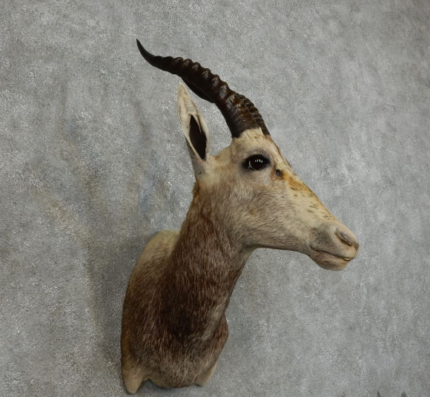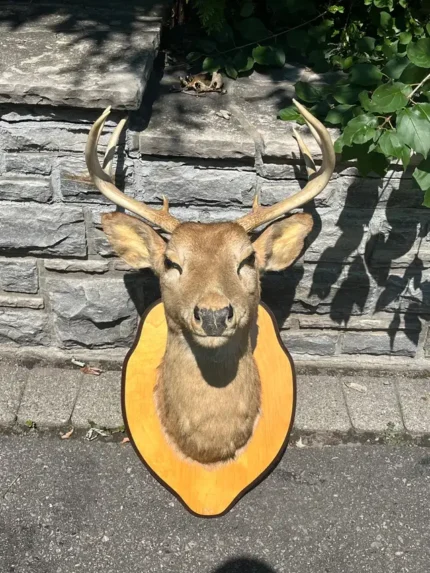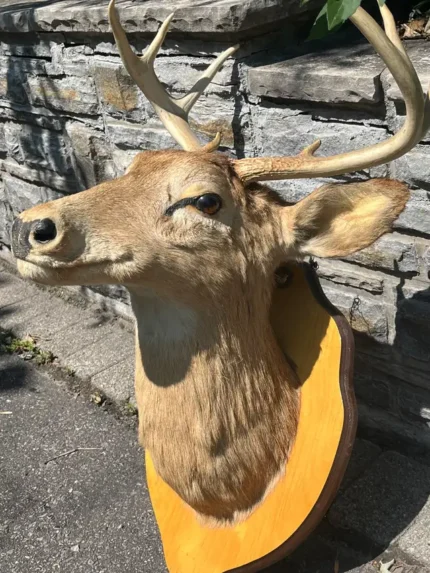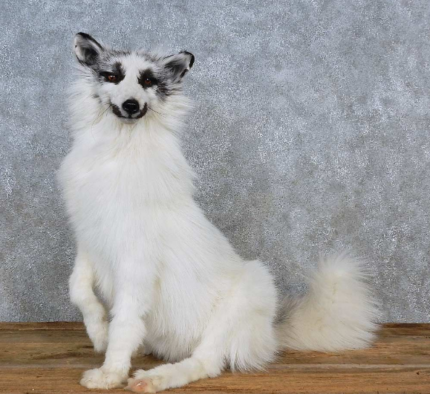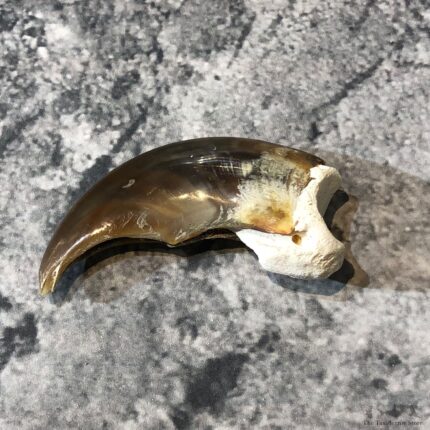Our tools and supplies section offers mash-ups and reviews of tools of the trade. From skinning knives and fleshing tools to mounting tools and wire formers, each item has been carefully selected to ensure optimal performance and ease of use. Our high-quality tools are crafted from the finest materials, guaranteeing long-lasting functionality and enabling you to achieve professional-level results.
In addition to our comprehensive selection of tools, we are working on add a range of taxidermy supplies that cater to every stage of the taxidermy process. (If you would like to offer your supplies to our readers, get in touch!)
Whether you are a seasoned taxidermist or a beginner taking your first steps into this fascinating world, our taxidermy tools and supplies section is your one-stop destination for all your taxidermy needs. Explore our collection today and bring your artistic visions to life.
Taxidermy Frequently Asked Questions
What is taxidermy?
Taxidermy is the art or process of preserving, stuffing, and mounting the skins of animals in a lifelike form. It involves using various techniques and materials to preserve the animal’s skin, such as tanning, cleaning, and treating it with chemicals. The preserved skin is then fitted onto a mannequin or form, and the animal is reconstructed to resemble its natural appearance. Taxidermy is commonly used for display purposes, such as in museums, exhibitions, or as hunting trophies.
What does the word “taxidermy” mean?
Taxidermy refers to the practice of preserving and mounting the skin of an animal to create a lifelike representation. It involves the process of preparing, stuffing, and mounting the skin onto a mannequin or frame, in order to create a realistic and lifelike display of the animal for decorative or educational purposes.
Does taxidermy use real animals?
Yes, taxidermy involves the preservation and mounting of real animal specimens. Taxidermists use various techniques to preserve the skin, feathers, fur, or other parts of deceased animals and then mount them on a form or mannequin to recreate a lifelike appearance.
How long do taxidermy animals last?
The lifespan of a taxidermy animal can vary depending on various factors such as the quality of preservation, environmental conditions, and maintenance. Generally, if properly cared for and displayed in a suitable environment, taxidermy animals can last for several decades or even longer. However, over time, there may be natural wear and tear, discoloration, and deterioration in some cases. It is important to keep them away from direct sunlight, excessive heat, humidity, and pests, and to periodically clean and dust them to maintain their appearance and longevity.
Is it okay to touch taxidermy animals?
It is generally advised not to touch taxidermy animals unless you have explicit permission from the owner or curator of the collection. Taxidermy animals are delicate and can easily be damaged or dislodged if mishandled. Additionally, touching taxidermy animals with bare hands can transfer oils and dirt, which can cause damage over time. If you are in a museum or a public display, it is best to follow the guidelines and signs provided by the institution.
What is the hardest animal to taxidermy?
Taxidermy can be a complex and intricate process, and the difficulty of taxidermy varies depending on several factors such as the animal’s size, anatomy, and condition. However, some animals are generally considered more challenging to taxidermy due to their unique characteristics. Here are a few examples:
1. Reptiles and Amphibians: Taxidermy for reptiles and amphibians, such as snakes, lizards, turtles, and frogs, can be particularly challenging due to their delicate and often intricate skeletal structure. Preserving the fragile skin and achieving lifelike poses can be quite demanding.
2. Birds of Prey: Raptors like eagles, hawks, and owls present additional challenges due to their large wingspan, complex feather patterns, and curved beaks. Capturing their natural expressions and lifelike poses can be difficult.
3. Primates: Taxidermy for primates like monkeys and apes can be challenging due to their anatomical similarities to humans. Replicating their expressions, facial details, and hand features requires great skill and attention to detail.
4. Marine Life: Taxidermy for marine creatures such as fish, sharks, and marine mammals like dolphins or seals can be complicated. Preserving their unique skin textures, scales, or blubber, and accurately recreating their natural swimming or diving poses can be demanding.
It’s important to note that taxidermy should always be conducted ethically and legally, following proper guidelines and regulations, especially when dealing with protected or endangered species.
The hardest animal to taxidermy ultimately depends on the individual taxidermist’s skill level and experience. Some taxidermists may find certain animals more challenging than others based on their personal expertise. Additionally, factors such as the condition of the animal’s body and the availability of reference materials can also impact the difficulty level.
That being said, some examples of animals that are generally considered challenging to taxidermy include large predators like lions or bears, as their size and complex musculature require careful attention to detail. Additionally, animals with unique features or characteristics, such as giraffes with their long necks or anteaters with their specialized snouts, can present unique challenges in achieving accurate proportions and lifelike poses.


